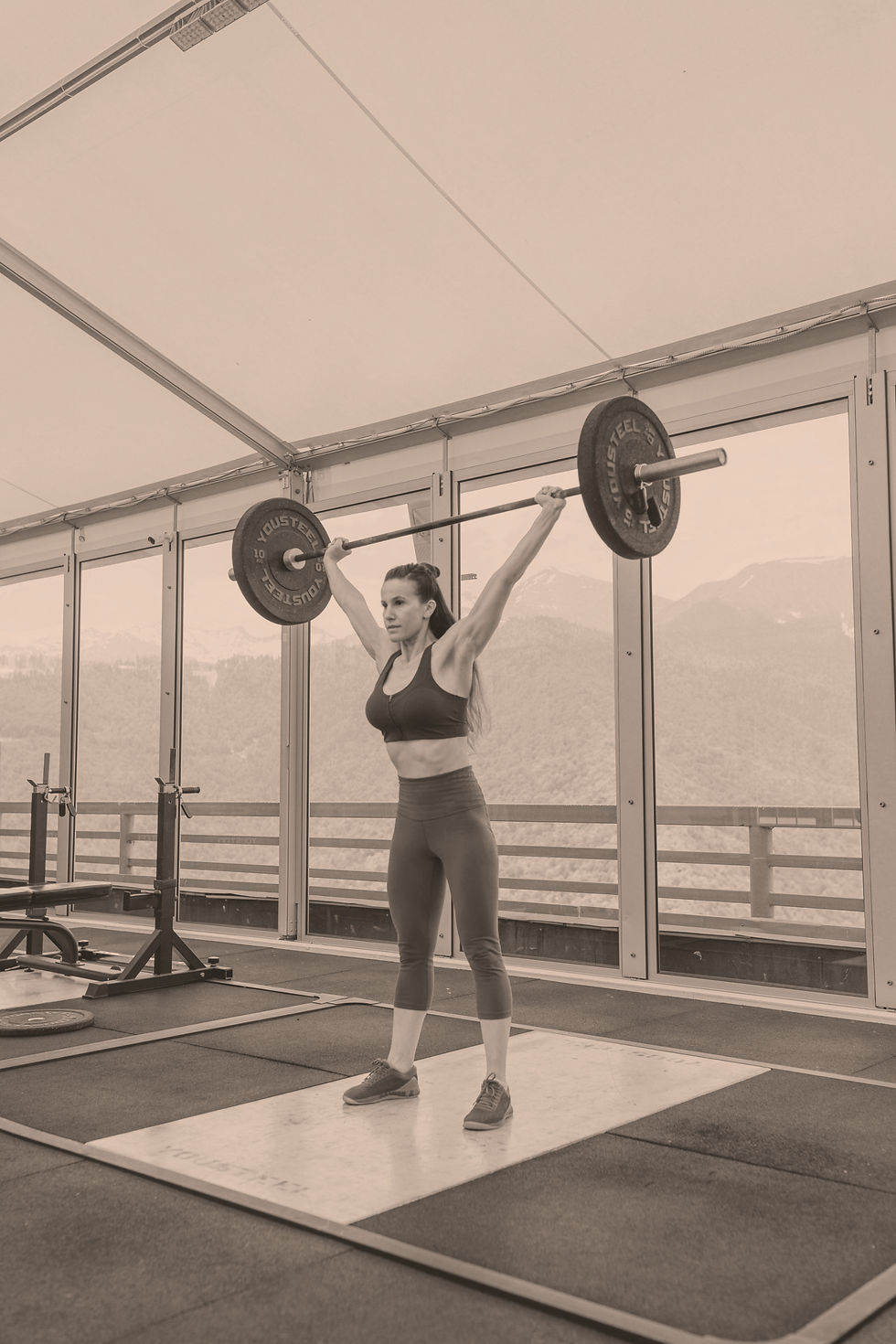Faster - Without Running the Extra Kms
- Coach Dave

- Apr 9, 2024
- 2 min read
Updated: Sep 29, 2024
For many runners, hitting plateaus or facing the frustration of injuries can be all too familiar. Despite pouring in effort and miles, progress seems to stall, and motivation wanes. But what if there's a way to reignite your running without just pushing harder or running further? The answer lies in incorporating strength training into your program.
When runners hit plateaus, or worse, regress in performance due to injuries, it's time to consider adding strength training to the mix. Research indicates that integrating strength training into running programs can yield significant benefits. Notably, it can enhance maximal strength and reactive strength, improve running economy, elevate maximal oxygen intake, and enhance performance in the mid and latter stages of races, all without causing an increase in muscle size.
So, how can you kick-start your running by incorporating strength training? Here are some essential steps:
1. Allocate dedicated time for strength training sessions within your training schedule.
2. Seek guidance from a qualified and experienced strength coach who can tailor a program to complement your running regimen.
3. Explore advanced techniques like plyometrics to take your running to the next level.
However, not all strength training approaches are created equal. Here are the top three pitfalls to avoid when hitting the gym:
1. Endurance-focused training: While high-rep, low-weight programs may enhance muscular endurance, they won't necessarily improve strength, which is crucial for runners. Instead, focus on lower rep ranges (around 3-6 reps) and adequate rest intervals to maximize strength gains.
2. Overemphasis on stability training: While stability is important, prioritizing it over force production can hinder running performance. Stability tools like Swiss balls or Bosu balls have their place, especially in rehabilitation, but they shouldn't overshadow strength development.
3. Adopting a bodybuilder's approach: Runners aim to increase strength and force without adding bulk, unlike bodybuilders whose goal is muscle hypertrophy. Therefore, training programs should prioritize functional strength over isolation exercises and excessive volume.
Now, let's delve into a specific type of strength training often overlooked by runners – plyometrics. While traditionally associated with sprinters and power athletes, plyometric exercises can offer significant benefits when integrated into a running program.
Plyometrics involve rapid and explosive muscle contractions, typically through jumping exercises. When combined with running training, plyometrics can improve running economy, enhance muscle recruitment, reduce training time, and potentially lower the mileage required for optimal performance.
Here's how to incorporate plyometrics effectively:
1. Ensure you have a solid base level of strength and fitness before starting plyometric exercises.
2. Progress gradually, avoiding excessive intensity or volume, especially on hard surfaces.
3. Integrate plyometrics into a properly periodized training program, considering your phase of training and individual limitations.
Here are some plyometric exercises you can incorporate:
- Squat Jumps
- High Skips
- Jumping Lunges
- Single Leg Push Offs
- Pogos (2-foot ankle hops)
- Bounding
By incorporating strength training and plyometrics into your running program while avoiding common pitfalls, you can unlock new levels of performance and resilience. So, don't wait any longer – kick-start your running journey today!
If you are eager to explore how working with a strength and conditioning coach can help transform your performance contact Coach Dave at +61426205277 or dave@masterscoaching.com.au




Comments